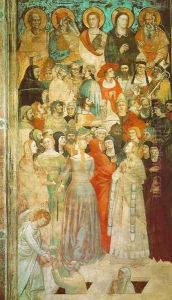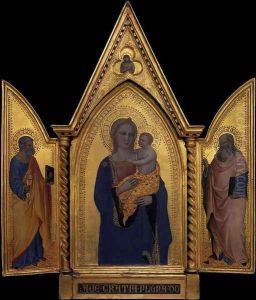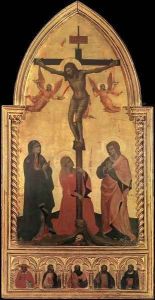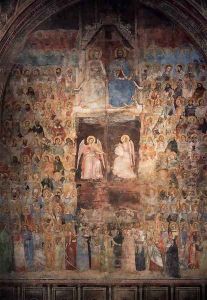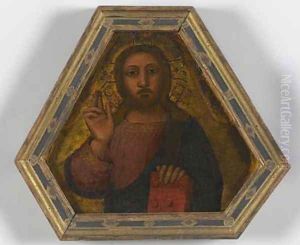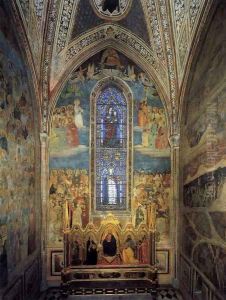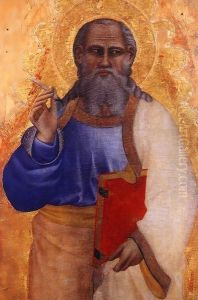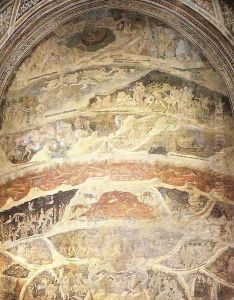Nardo di Cione Paintings
Nardo di Cione was an accomplished Italian painter, architect, and mosaicist of the Florentine School during the Middle Ages, specifically within the Trecento period, which is the 14th century in Italian art history. Born around 1320, his life and career were deeply embedded in the rich cultural and artistic milieu of Florence, a city that was at the forefront of the Renaissance that would sweep across Europe. Nardo was part of a family of notable artists, including his brothers Andrea di Cione, better known as Orcagna, and Jacopo di Cione, with whom he often collaborated. This period was marked by a significant transition in European art, moving from the medieval Gothic styles towards more naturalistic representations, a change to which Nardo contributed.
Nardo di Cione is best known for his religious works, which include frescoes, altarpieces, and mosaics that demonstrate both the Gothic style of the era as well as early hints of the emerging Renaissance sensibilities. His works are characterized by their vivid detail, use of color, and the emotional depth of the figures depicted. One of his most significant contributions is the fresco cycle in the Strozzi Chapel of the church of Santa Maria Novella in Florence, where he depicted scenes from the Last Judgment, Paradise, and Hell, showcasing his skill in creating complex compositions filled with numerous figures and intricate details.
Aside from his contributions to painting, Nardo di Cione was also involved in architectural projects, evidencing the versatile skills of artists during this period, who were often expected to master multiple disciplines. His work reflects the broader movements within Italian art of the 14th century, bridging the medieval and the Renaissance periods. His ability to convey theological themes through art was deeply appreciated in his time and continues to be studied for its impact on the development of Western art.
Nardo di Cione's death in 1365 or 1366 marked the end of an era for the di Cione family's contribution to the Florentine art scene. However, his legacy, along with that of his brothers, remains integral to the study of Trecento art. His works are preserved in various churches and museums, serving as a testament to the transitional period of Italian art and the foundation it laid for the burgeoning Renaissance. Through his contributions, Nardo di Cione remains a significant figure in the history of Italian art, embodying the innovative spirit and the technical skill that characterized the era.
